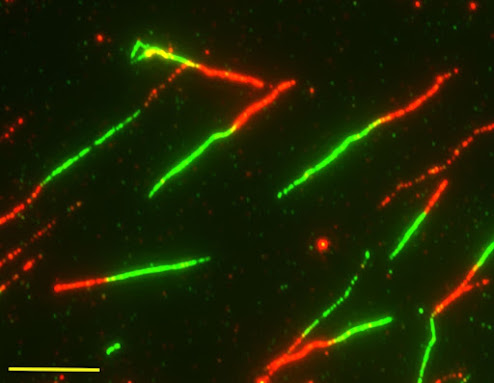 |
| Female scientist in laboratory Photo credit: Diane Serik |
The researchers, who were on the front line of the UK’s early response to COVID-19 in 2020, say a system of reservist lab scientists should to be set up now to provide surge capacity that will help the country respond faster – and more effectively – to future outbreaks of infectious disease.
They considered a number of options for providing scientific surge capacity and concluded that the best scenario would be a mix of highly skilled paid reservists, and volunteers who could be called on when required and trained rapidly.
In their report, published today in the journal The BMJ, the researchers say the lack of early COVID-19 PCR testing capacity had a knock-on effect on other health services in 2020. This included delaying the ability to make sure hospitals were COVID-secure and patients had surgery as safely as possible, and slowing down the identification of people with COVID-19 in the community – which delayed contact tracing.
“Because COVID-19 testing wasn’t scaled up quickly enough, we couldn’t detect all cases quickly enough to try and stop the spread of the disease,” said Dr Jordan Skittrall in the University of Cambridge’s Department of Pathology and first author of the report.
“It was frustrating to hear politicians’ promises to repeatedly scale up COVID-19 testing capacity during the early stage of the pandemic. The scale-up was extremely challenging: a lot of expertise is needed to get the tests working in the early stages of dealing with a new pathogen,” he added.

























.jpg)
